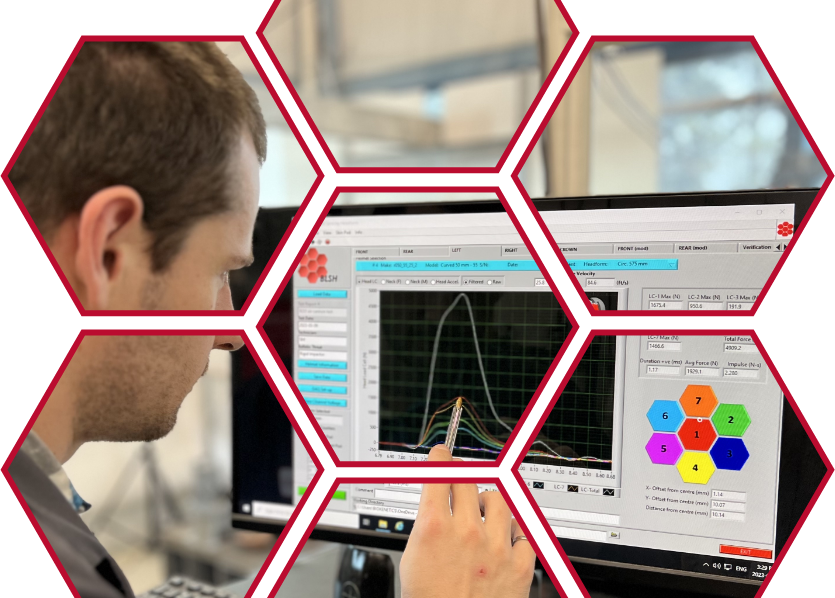The armour is typically supported by ballistic clay but other methods with fabric clamps, rigid frames and anthropomorphic forms can be used with varying results, see our Ballistics Clamps and Fixtures. RTP testing focuses on a specific percentile of interest, typically the velocity at which there is a 50 % probability of perforating the armour (the V50 ballistic limit), or lower percentiles as in the case of the V0 ballistic limit (i.e., VProof). In statistics, sequential testing involves a sample size that is not fixed in advance. Instead, data are evaluated as they are collected, and further sampling is stopped in accordance with a pre-defined stopping rule as soon as significant results are observed. Thus, a conclusion may sometimes be reached at a much earlier stage than would be possible with more classical hypothesis testing or estimation, at consequently lower financial cost. Resistance-to-perforation testing measures the ability of armour to withstand perforation by kinetic energy projectiles (i.e., bullets) or fragment simulating projectiles (FSP). This property is determined by firing projectiles at the armour target and varying the velocity from round to round to explore target performance.
V0 or Vproof validation against a specified projectile is based on a statistical approach where a defined number of projectiles are fired with a defined velocity at an armour target. The classification is achieved when the armour target has defeated all shots at the defined velocity. This approach is used in test methods like ASTM E3112/E3112M, NIJ 0101.06, and NIJ 0108.01.
A very useful concept in armour testing is the offset velocity between the V0 and V50. If this offset has been measured for an armour design, then V50 data can be used to measure and estimate changes in V0. For vest manufacturing, field evaluation and live testing, both V0 and V50 are used. However, because of the simplicity of making V50 measurements, this method is more important for control of armour after certification.
Explore Our Innovative Testing Services Today and Take the First Step Towards a Safer Tomorrow

Copyright © 2025 Biokinetics | Acknowledgements | Privacy Policy